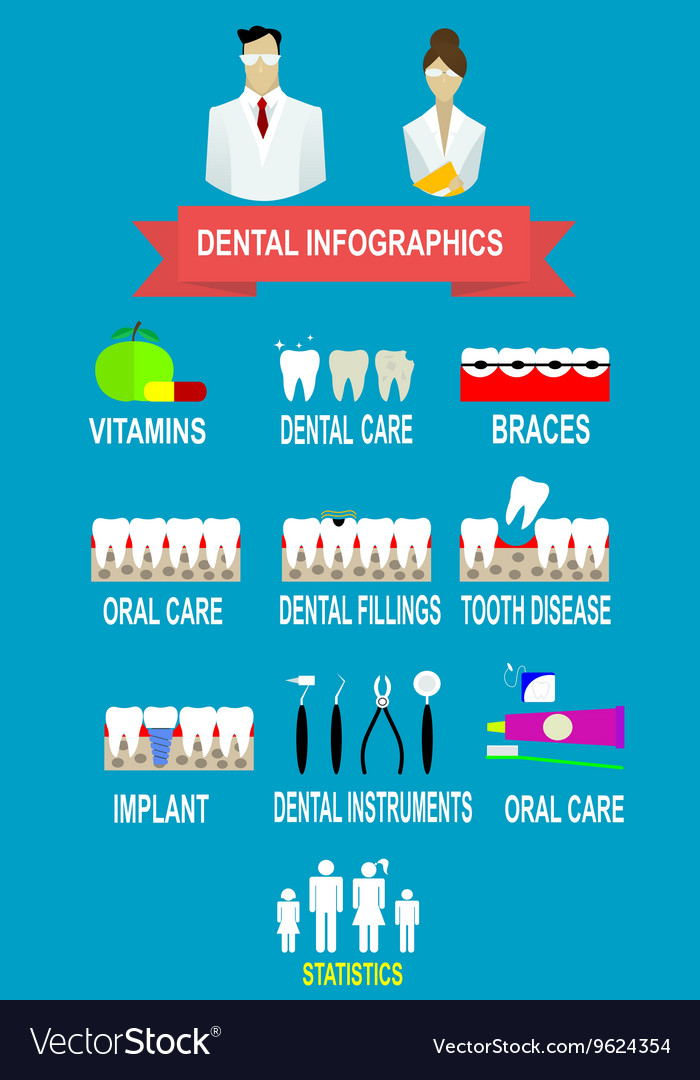The Future Of Oral Surgery: Innovations And Developments Forming The Field
The Future Of Oral Surgery: Innovations And Developments Forming The Field
Blog Article
Content Created By-Demir Jonasson
Invite to the world of oral surgery, where innovations and breakthroughs are forming the future of the area! In this exciting realm, you'll witness the transformative power of robotics, the advanced wonder of 3D printing, and the game-changing impact of minimally invasive techniques.
The future of dental surgery holds a guarantee of accuracy, performance, and boosted person end results. With the help of advanced robotics, surgeons are able to execute complex treatments with greater precision and control.
3D printing technology is changing the development of oral implants and prosthetics, providing tailored solutions that fit seamlessly right into each patient's unique makeup.
Furthermore, minimally invasive strategies are lowering post-operative pain and recovery time, allowing people to return to their daily lives quicker.
Prepare yourself to explore the exciting innovations and advances that are improving the landscape of oral surgery!
Developments in Robotics
One major advancement in oral surgery is using robot innovation, which enables precise and reliable surgeries. With the help of robot systems, dental surgeons have the capability to do complex surgical treatments with boosted precision, reducing the danger of human error.
These robotic systems are outfitted with sophisticated imaging innovation and accurate tools that make it possible for surgeons to navigate through elaborate physiological structures easily. By making use of robot modern technology, cosmetic surgeons can attain higher surgical precision, resulting in improved person outcomes and faster healing times.
On top of that, making use of robotics in dental surgery permits minimally invasive procedures, reducing the trauma to surrounding cells and promoting faster healing.
3D Printing in Dental Surgery
To boost the field of dental surgery, you can explore the subtopic of 3D printing in oral surgery. This cutting-edge technology has the possible to transform the means oral cosmetic surgeons run and treat individuals. Right here are four crucial methods which 3D printing is shaping the field:
- ** Custom-made Surgical Guides **: 3D printing allows for the development of extremely precise and patient-specific medical guides, improving the precision and efficiency of treatments.
- ** Implant Prosthetics **: With 3D printing, dental cosmetic surgeons can develop customized implant prosthetics that perfectly fit an individual's one-of-a-kind composition, causing much better results and individual satisfaction.
- ** Bone Grafting **: 3D printing allows the manufacturing of patient-specific bone grafts, minimizing the requirement for standard grafting methods and improving recovery and recuperation time.
- ** Education and learning and Training **: 3D printing can be made use of to develop realistic surgical designs for educational objectives, allowing oral specialists to practice complex procedures before executing them on clients.
With https://www.theguardian.com/uk-news/2014/sep/30/sugary-drinks-tooth-extractions-children to enhance accuracy, personalization, and training, 3D printing is an exciting advancement in the field of dental surgery.
Minimally Invasive Techniques
To further advance the field of oral surgery, embrace the capacity of minimally intrusive techniques that can substantially benefit both surgeons and people alike.
Minimally invasive techniques are changing the field by minimizing surgical injury, reducing post-operative pain, and accelerating the healing process. dental providers involve utilizing smaller sized cuts and specialized instruments to do procedures with precision and effectiveness.
By using advanced imaging innovation, such as cone beam calculated tomography (CBCT), specialists can properly prepare and perform surgical procedures with very little invasiveness.
Furthermore, making use of lasers in dental surgery permits specific cells cutting and coagulation, leading to reduced blood loss and decreased healing time.
With minimally intrusive techniques, patients can experience quicker healing, lowered scarring, and improved end results, making it an important facet of the future of dental surgery.
Final thought
So, as you can see, the future of dental surgery is incredibly appealing, with exciting advancements and advances shaping the field.
From the innovations in robotics to making use of 3D printing and minimally intrusive strategies, dental surgeons are revolutionizing the means they offer treatment.
While Learn Even more may fret about the potential cost associated with these innovations, it's important to keep in mind that these technologies inevitably enhance individual results and minimize recovery time, making them well worth the financial investment over time.
